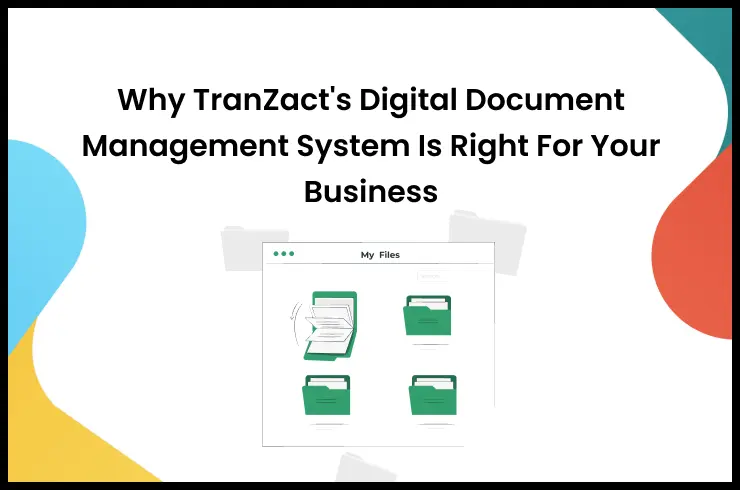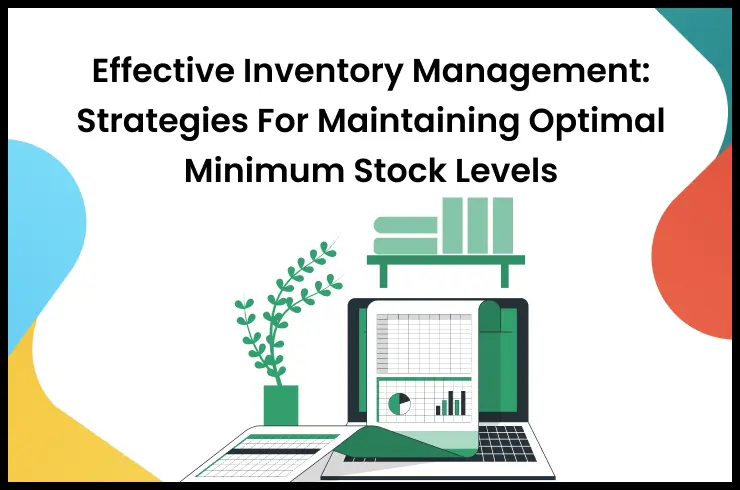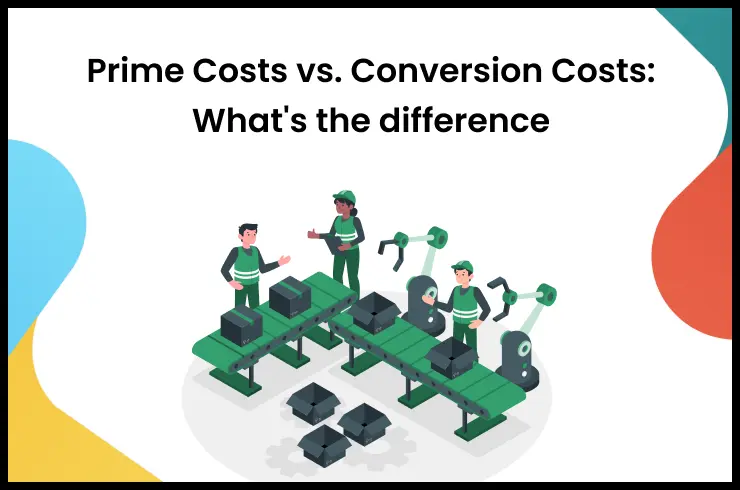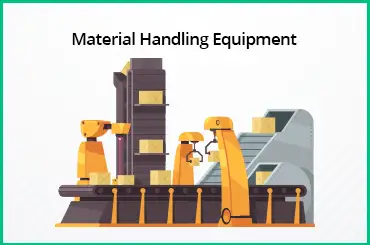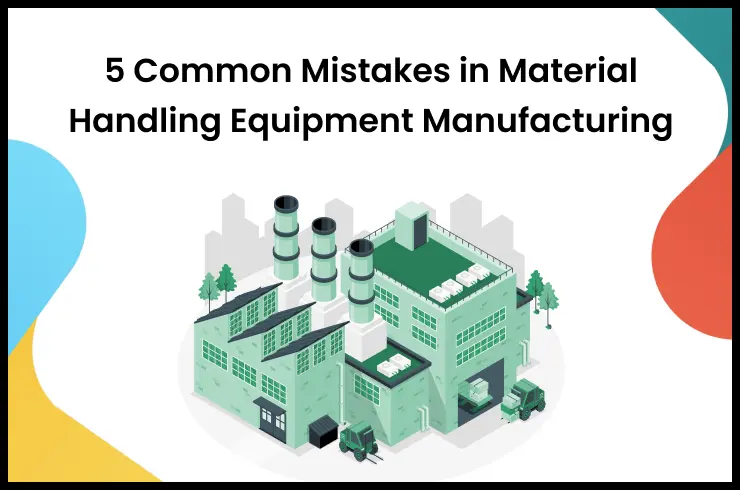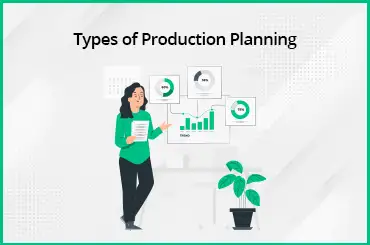Do you need help deciding which types of BOM work best for your manufacturing process? This blog post will guide you through all the functions and types of Bill of Material (BOM) in depth. As an essential element in any production setting, understanding BOMs can help streamline operations and boost efficiencies. So let's dive right in.
What Is a Bill of Material (BOM)?
A bill of material indicates the raw materials, resources, components, assemblies, and parts necessary for the manufacture of a product, as well as their quantities for production. In a nutshell, you can consider a bill of materials as a recipe for creating a final product.
BOM represents Bill of Materials, also known as product structure or list of components. It consists of a detailed breakdown of the raw materials, sub-components, intermediate assemblies, subassemblies, and parts that are required to manufacture an end product. It is often used in manufacturing engineering and process engineering.
Bills of materials are created when engineers design new products. It outlines all the items and components necessary to construct the item, and each is assigned a unique code called a part number. Furthermore, it demonstrates how these parts are assembled to form the final product.
In some cases, a bill of material can be generated automatically from computer-aided design (CAD) files. In other cases, they must be created manually. They can be made for products manufactured in large quantities, such as cars or appliances, or for one-of-a-kind products such as custom jewelry.
BOM creation is essential for the efficient assembly and ordering of parts. When it is accurate, parts can be ordered on time. While an inaccurate one can halt production, causing higher operational costs as you must locate missing parts, start another production order, or determine the correct assembly method.
Types of BOM
Bill of Material is used in the engineering and manufacturing industries in various forms, but in this section, we will discuss the most common types of BOM.
MBOM (Manufacturing Bill of Material)
A manufacturing bill of material (MBOM) contains all the information needed to manufacture a product, from raw materials and finished components that make up the item to how these materials and components should be utilized during production. In some cases, it may even include packaging and shipping requirements details.
The MBOM, typically created by a designer or engineer, communicates product design to manufacturing teams. Additionally, it's essential for tracking inventory levels, managing production schedules, and calculating cost estimates.
Due to the vast amount of data contained within an MBOM, it must always remain up-to-date. Any modifications made to product designs must be reflected as soon as possible in the MBOM, so production teams remain informed of any required adjustments.
Engineering Bill of Materials (EBOM)
An Engineering Bill of Material (EBOM) is a comprehensive list of parts and materials needed to design a product, using CAD software. It can be exported into other formats like Excel or PDF for easy exportation. This includes both standard and custom components used by engineers to estimate costs, lead times, and manufacturing processes.
EBOMs consist of three different types of BOM:
- Parts Only: This type of Electronic Bill of Materials (EBOM) includes all parts needed to assemble a product, but does not provide assembly instructions. Engineers usually utilize this document during the design phase to estimate each component's cost and lead time.
- Assembly Only: This type of EBOM contains all parts necessary for assembly as well as instructions. Manufacturers often rely on this EBOM during production to guarantee all components are available and that the product can be assembled correctly.
- Parts and Assembly: This EBOM lists all parts needed to assemble a product, along with assembly instructions and engineering drawings. Manufacturers often use it during production to guarantee all components are available and the product can be made correctly.
Sales Bill of Materials (Sales BOM)
A Sales Bill of Material (Sales BOM) is a document that contains all the essential details necessary to sell a product. This includes its name, description, price, and other relevant data. Typically created by the sales team and then passed along to production personnel, this SBOM acts as an essential sales tool.
The purpose of creating a price list is to provide all the necessary information for a product to be sold. This includes raw material costs, labor costs, shipping expenses, and any other associated costs.
Service Bill of Materials
A Service Bill of Material (Service BOM) is a comprehensive list of materials, parts, and assemblies required to construct, repair or service an item or system, utilized to generate assembly instructions or service manuals. This includes both physical and non-physical elements. Physical components refer to the tangible elements that make up a product or system, from individual parts and assemblies to raw materials and packaging. Non-physical components refer to intangible items needed for the proper functioning of the system or product, including software, licenses, and warranties.
Assembly Bill of Materials
An assembly bill of material (ABOM) details the assembly components and resources, required for each item and its associated part number. This type of BOM is commonly employed in manufacturing facilities and can be physical or virtual. A physical assembly BOM exists as a tangible list that guides production. Conversely, a virtual BOM functions like a software model that details product components and how they should be assembled.
Utilizing an assembly BOM offers several advantages, including improved communication between design and engineering teams, reduced production costs, and shorter lead times.
Production BOM
The production bill of material contains all the information necessary to construct a product as instructed in its production process documentation. This type of BOM is often employed in mass production or repetitive manufacturing operations.
Template Bill of Materials
A template bill of material is a pre-set document that can serve as a starting point when creating a new bill of material. They come in many forms and provide all the necessary details for creating one, such as product descriptions, part numbers, and supplier information.
Configurable Bill of Material
Configurable Bill of Material enables manufacturers to quickly and easily adjust their production process according to each customer order's requirements. This flexibility is especially essential in today's rapidly-paced, ever-evolving marketplace.
A configurable bill of material is typically created using advanced BOM software that enables users to quickly and easily alter the bill of material as needed.
Why Are BOMs Important?
A BOM determines what raw materials must be acquired and how the assembly process will be completed, which directly impacts inventory. If the BOM is incorrect, many revisions must be made, and income loss may occur for the process involved. When parts' cost and count are entered incorrectly, the team's productivity could also be affected.
A bill of material can be referred to as a shopping list because it includes a lot of information about raw materials to simplify procurement. In addition to number, name, and quantity, other comprehensive details are also included.
Based on the types of bill of materials, it is necessary to have accurate data for enhanced planning. These data elements are crucial to help the production team work effectively, by providing clarity on the number of materials, guidelines, and time. As a result, the cost and work efficiency is improved while the cost is reduced.
How to Create a Bill of Material?
In creating a Bill of Material, you should consider the following aspects:
- BOM Level: It represents the total number and ranking of assemblies and parts in the entire BOM. Using the factor of BOM level, all the components of the BOM are stated in a simple and clear manner.
- BOM Notes: These cover any additional information besides the BOM components.
- Description: In a Bill of Material, every material or part must be described in detail and in a clear concise way. The description is intended to provide detailed information about the material to anyone who reads the document.
- Part Name: Giving every part a unique name is vital, making it easy for anybody to recognize the part without needing to confirm it elsewhere.
- Part Number: It is necessary to assign a unique part number to each part. Anyone involved in the BOM manufacturing process can easily reference the parts. Moreover, the part number serves as a unique identifier.
Parts of BOM
Every Bill of Material must contain three essential components:
- The Header
- The Body
- The Footer
The header contains essential identifying information for the document, such as the company name and address, along with when it was created. In some cases, additional data such as a revision number or document control number may also be included in this section.
The body is where all product information is listed. This will include a brief description of each component along with its associated part number. In many cases, notes on assembly or other essential instructions will also be included.
The footer contains any final notes or disclaimers that must be included in the document. This could consist of copyright information or contact details for customer support services.
Creating a BOM
Creating a BOM manually necessitates careful consideration and meticulous detail. Begin by identifying all components necessary for production. Next, gather information about each one component, such as its part number, quantity, and description. Once all this data has been compiled, it can be entered into an Excel or Word processing document. There are various software programs that can be utilized to create a Bill of Material or BOM. These usually come with templates, making it simple for users to enter the necessary details. Furthermore, collaborative BOMs enable users to share the document with others so that everyone involved in manufacturing has access to the same data.
5 Key Parameters to Address Before Creating a Bill of Material
Accurate Bill of Material (BOM) creation guarantees an efficient production process. Here are five critical parameters to consider before creating a BOM:
- Gather all materials needed: This includes both raw materials and components. Be sure to have everything utilized during manufacturing, from small screws to large pieces of machinery.
- Calculate the quantity of each material accurately: Accurately estimating quantities is essential to avoid delays or shortages during production. Take into account all potential scenarios and exercise caution when making calculations.
- Indicate the source of each material: This information will be utilized in procuring materials necessary for production. Specifying where each material comes from is essential to guarantee quality and timely delivery.
- Establish assembly instructions: The bill of material should contain detailed instructions on assembling each component, ensuring the product is put together accurately and efficiently during production.
- Delegate responsibility for each task: Assigning specific responsibilities to each task involved in creating the BOM will help guarantee it's done accurately and promptly. Having one person or team accountable for each step keeps the project organized and on track.
What Else Is Important in BOM?
As previously discussed, there are various types of bill of material - each with its advantages and drawbacks. But what else should be included in a bill of material? First and foremost, ensure all information in your bill of material is correct. Inaccurate material data could cause production delays or even quality issues.
Maintaining your bill of materials is essential; as products evolve over time, so will the components that go into them. Be sure to regularly review and update your BOM to reflect the most up-to-date version of your product output. Finally, pay attention to those using your bill of material. Make it straightforward and understandable for everyone involved; if it contains confusing or incomplete information, those trying to utilize it may get confused.
Benefits of Using Bill of Material
BOMs are utilized across electronics, computer hardware, chemicals, and manufacturing industries. There are numerous advantages to using a BOM. Here are the key benefits of a BOM:
Increased Accuracy
A BOM can help enhance your production process by guaranteeing all necessary components are present and accounted for. This reduces errors and rework, saving time and money in the process.
Better Planning
Utilizing a bill of material allows for more precise production planning. With accurate lead times, material costs, and assembly times data in hand, your teams can streamline your production processes and schedule.
Increased Visibility
A BOM offers you unprecedented insight into your manufacturing process. You can track progress and identify potential issues before they become significant problems, giving you time to make necessary changes and adjustments so everything remains on track.
Greater Control
With an automated BOM, you have greater oversight of your production process. You can make necessary modifications as needed for quality and efficiency improvements, along with seamless production planning and control.
Increased Flexibility
A BOM allows you to make changes during the manufacturing process if needed, enabling you to adjust quickly to customer demands or market shifts without disrupting your production line. This gives you greater control over manufacturing workflows enabling better product quality.
Maintaining Your BOMs Effectively With TranZact
A well-managed inventory and BOM management system can simplify production and help avoid production delays. TranZact integrates production with inventory to ensure the BOM can be prepared with ease by monitoring which materials are in stock and when they need to be reordered.
A sophisticated bill of materials example can be found in the multilevel and single-level BOM functionality by TranZact. It helps to interconnect various parent and child operations for seamless production cycles. It provides comprehensive tracking tools for managing your bill of material, so you can keep track of all components required to construct your products, effortlessly.
FAQs on Type of Bill of Materials
1. What are the different types of Bill of Material?
There are different types of bill of material which include configurable Bill of Material (BOM), assembly BOM, Engineering BOM, Single-Level BOM, Multi-Level BOM, Service BOM, Sales BOM, and Manufacturing BOM.
2. What is a BOM hierarchy?
Hierarchical structures are common in BOMs. On top of the product, we see the finished product, then the subassemblies, and below that, we see the components and materials used. Part names, descriptions, numbers, and quantity requirements are included in this list.
3. How do I choose the right BOM format?
Before choosing a BOM format, you can consider factors such as the product complexity, most suitable manufacturing process, and system compatibility to read the BOM format, and relevant industry standards, to ensure you are making the right choice.
4. What are the components of a BOM?
Components of a BOM include description, level, name, part number, quantity, cost, unit of measurement, sub-assemblies, and supplier details.
5. How do I create a BOM from scratch?
A BOM can be created from scratch by including items such as the BOM level, part name, part number, phase, procurement type, description, quantity, and unit of measure.
6. What is the difference between a Sales BOM and a Manufacturing BOM?
A Sales BOM, also known as a quote BOM, is used to calculate the cost of a product for a customer. They are often used in the early stages of a product's development to estimate the cost of production and determine pricing strategies. A Manufacturing BOM, on the other hand, is used during the production process to guide the assembly of a product.
7. What is the role of BOM software in manufacturing?
A BOM software supports manufacturing operations to carry out routine BOM functions by automating core processes. This ensures that parts are always available whenever they are needed and assembly processes are efficient.
8. How can I maintain accurate BOM data?
By establishing a standard BOM process for data management, tracking changes in real-time on a centralized system, and reviewing and updating data consistently, you can easily maintain accurate BOM data on a single level or multiple levels.







